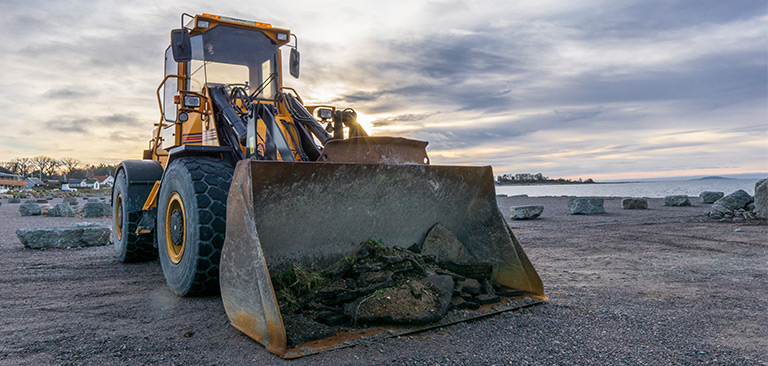- All
- Product Name
- Product Keyword
- Product Model
- Product Summary
- Product Description
- Multi Field Search

loader bucket cutting edge
Loader bucket cutting edge is the blade which connect to the end of a loader’s bucket. It’s actually a flat strip of iron with evenly holes that used for installing extra devices, generally between 2-3 meters in length.
Cutting edge is the main device of the loader to finish the job such as digging things or excavating materials. In order to keep working efficiently, the bucket will be equipped with different types of cutting edges in different conditions.
Usually, the cutting edge is located in front of the lower end of the bucket, and some holes are generally reserved on it, for adding extra devices like bucket teeth or auxiliary cutting edge. The cover plate, side plate and baffle plate of the loader bucket are usually welded with low carbon, wear-resistant and high-strength steel plates. The side and corner edges are made of high-strength and wear-resistant materials, and the cutting edge is made of wear-resistant Manganese steel alloy material.
When the loader shovels materials, the cutting edge will firstly dig in material pile powered by moving of the whole machine, then the bucket will complete the loading job which controlled by the bottoms, levers and connecting rods. Accordingly, the cutting edge is one of the most significant parts of a loader in digging and loading process.
Every time the loader completes a digging and loading operation, the cutting edge will be worn, choosing a reliable cutting edge is the key to make sure the loader working efficiently. Considering different manufacturing process, the forged cutting edge is usually better than the molded one. Furthermore, the wear resistance of the cutting edge will be better by using heat-treated process. In terms of element composition, the cutting edge which contains Si (silicon), Mn (manganese) in an appropriate amount is more durable.
There are some types of cutting edges designed for different working conditions. The tooth type cutting edge is available for shoveling loose materials such as sand, gravel and snow. If the material is hard, the V type cutting edge is designed for heavy excavation. Besides, the straight type is the general one.
So how to choose a suitable cutting edge for a loader? Firstly, the size, shape and profile of the cutting edge must match the machine they are fitted to, as well as the digging conditions they will be operating in. Besides, not only choosing a hard cutting edge, but also balancing wear-resistant and impact strength at the same time. Because harder cutting edge are also more brittle and susceptible to breaking.
Always pay attention to the wear of the devices. If the cutting edge is already worn badly, it should be replaced in time. Otherwise, the loader cannot overcome the cutting resistance successfully when digging materials. Then digging operation is more like hitting the material, which will generate a strong reaction force on the bucket. In addition, installing an auxiliary cutting edge is a good choice to protect the cutting edge when the loader is digging specially hard materials.